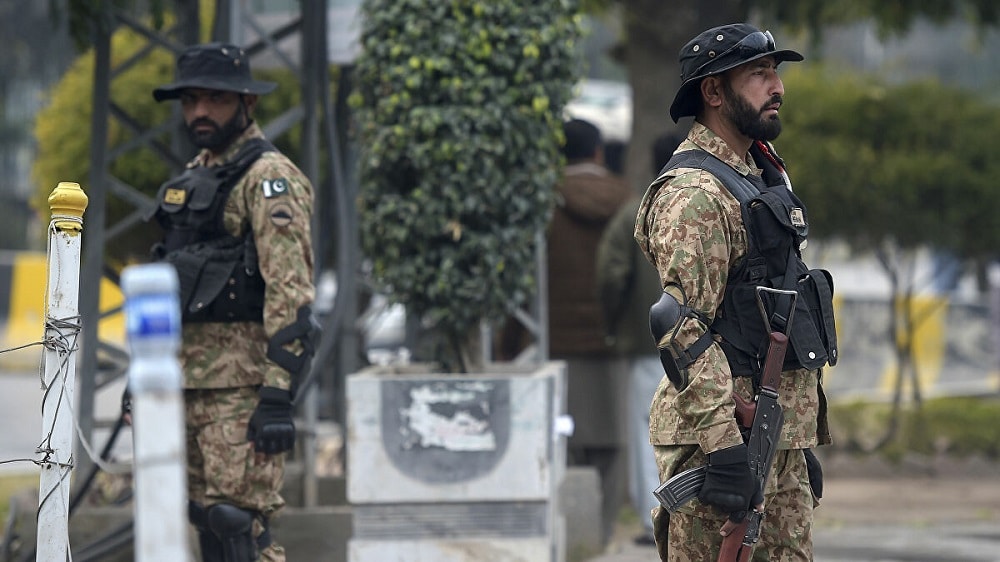


We conduct a case study with four DNDO stakeholders using the ADP proposed by the National Research Council in the context of environmental remediation and adapted by the MIT group and compare the results to those derived from DNDO's CBA. We propose an Analytic-Deliberative Process (ADP) as an alternative to CBA for this application. However, the Cost-Benefit Analysis (CBA) supporting the DNDO decision-making process has been criticised and has delayed the program significantly. In an attempt to meet this mandate, the DNDO has conducted a typical government acquisition procedure to develop and acquire radiation portal monitors (RPMs) capable of passive gamma-ray spectroscopy that would allow 100% radiological screening without detrimental affects on the stream of commerce through the terminals. In light of the SAFE Port act of 2006, the Domestic Nuclear Detection Office (DNDO) has been charged with the responsibility of providing the Customs and Border Protection Agency (CBP) with the capability to conduct 100% radiological screening of all containers entering the country. Combating the threat of nuclear smuggling through shipping ports and border crossings has been recognized as a national priority in defending the US against nuclear terrorism. of Nuclear Science and Engineering, 2008. Thesis (S.M.)-Massachusetts Institute of Technology, Dept. Such insight, we hope, might help make the assumptions of these models more behaviorally valid for counterterrorism risk analysis. We then suggest how some of these assumptions could be modified to describe terrorists' preferences more accurately, by drawing knowledge from the fields of behavioral decision research, politics, philosophy of choice, public choice, and conflict management in terrorism. However, are such assumptions reasonable from a behavioral perspective? In this article, we analyze the types of assumptions made across various counterterrorism analytical models that represent malicious agents' judgments and discuss their suitability from a descriptive point of view. The standard assumptions in most of these models are that terrorists are fully rational, following all the normative desiderata required for rational choices, such as having a set of constant and ordered preferences, being able to perform a cost-benefit analysis of their alternatives, among many others. A recent trend in counterterrorism risk analysis is to model the terrorists' judgments, as these will guide their choices of such actions. A key objective for policymakers and analysts dealing with terrorist threats is trying to predict the actions that malicious agents may take.


 0 kommentar(er)
0 kommentar(er)
